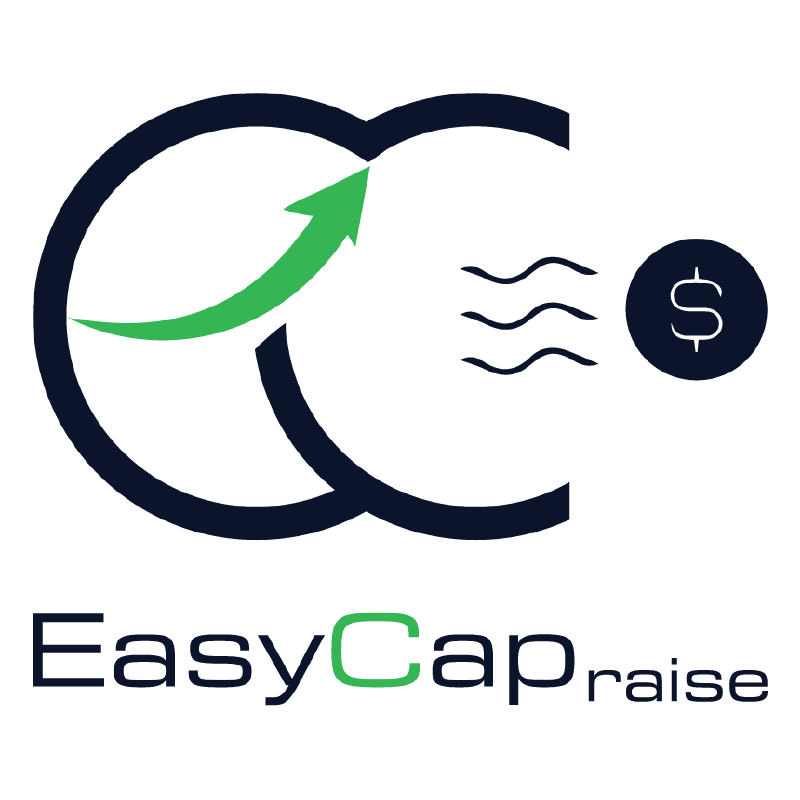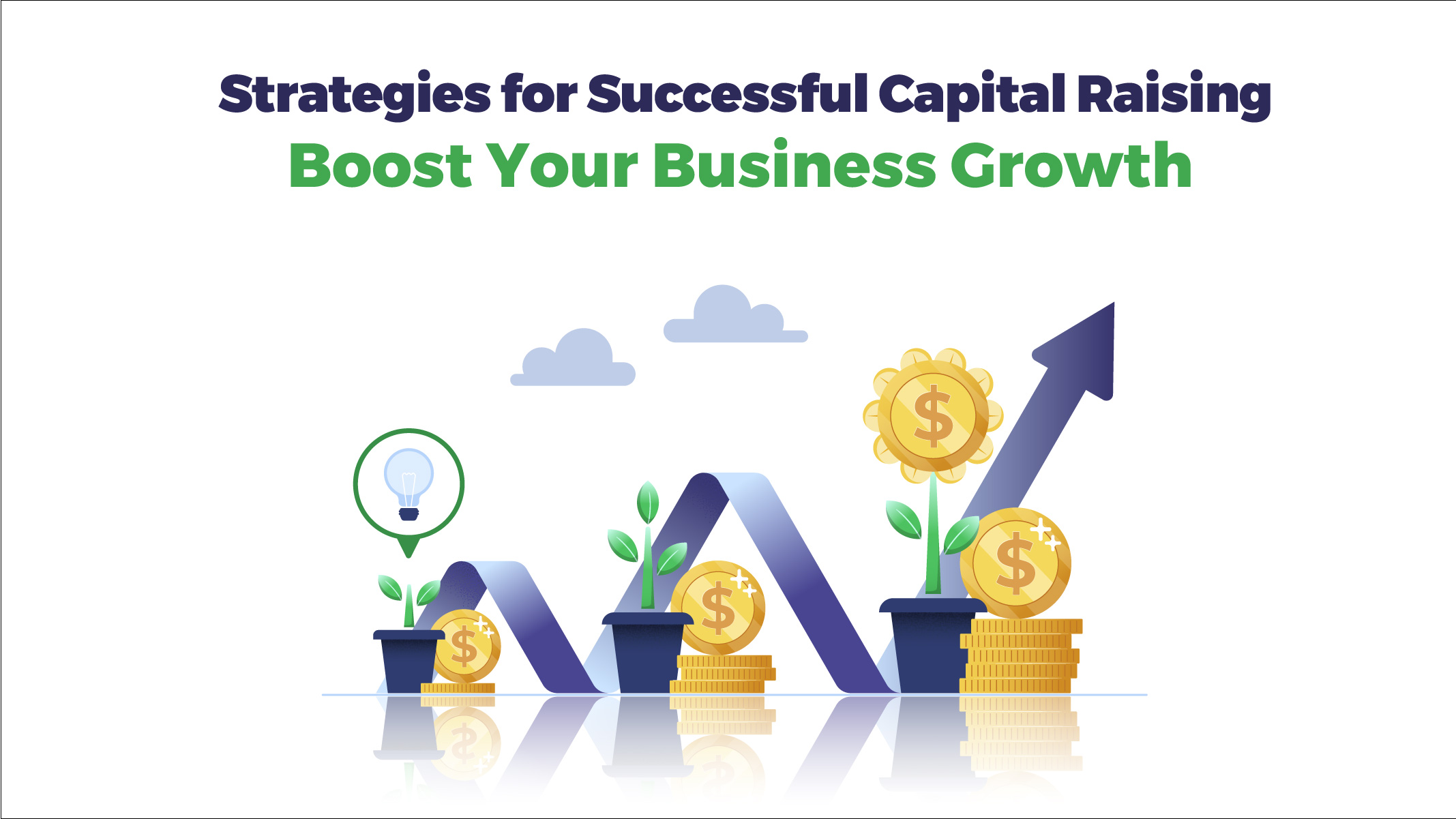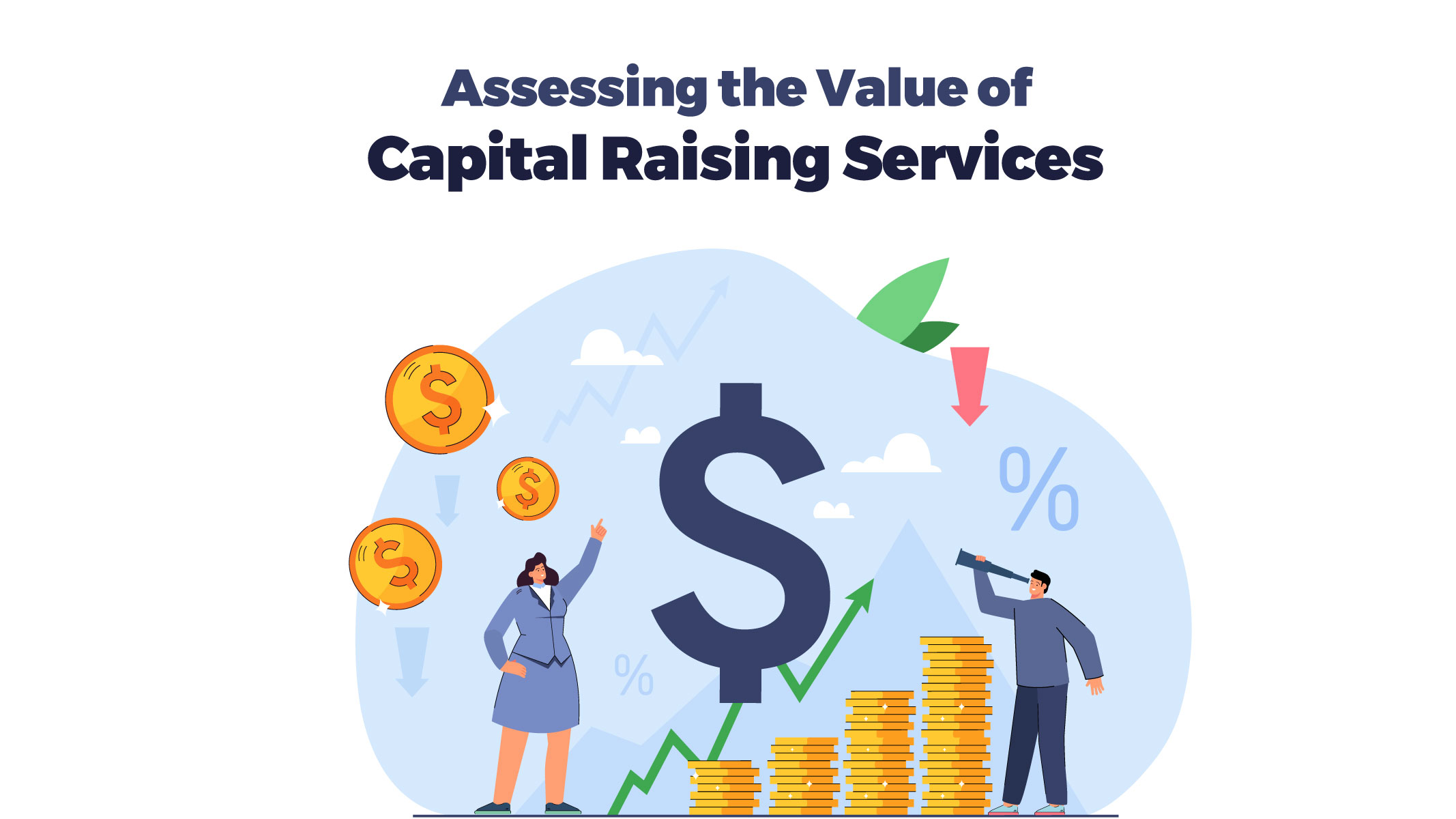How to raise funds for your startup
Are you looking for a practical way to raise money for your startup? Raising money for startups is difficult, and most fail at this stage. They make mistakes and are often misled by false information. This article will look at a few key points to help facilitate fundraising for your startup.
Key Takeaways:
- Startups need traction and a fully formed team to raise funds
- Bootstrapping mean funding the initial costs of your startup with your own money
- Accelerators, as another way to move forward, provide you with office space, advice, a network of talented individuals, and validation
- Design a standard, simple pitch deck to send out and get meetings with investors
- Use your LinkedIn network, startup events, and accelerators to seek investors
Traction
Companies pitch Silicon Valley investors with their excellent traction, which usually comes in the form of revenue. Most companies raise money AFTER getting traction. Significantly few companies raise money with just a prototype and no users, and indeed, no company raises money without a fully formed founding team.
Investors are not interested in tech companies who are trying to raise money to hire their CTO. Tech talent is costly and in short supply. The fact that the founder/CEO could get a full-stack engineer to work on this project instead of accepting a position at Google is the first indication that a firm is valuable.
Only when dealing with millions of users and incredible retention rates, can pure-play ideas with no commercial traction be worthwhile. Therefore, how can you arrive at these figures if you don’t have any money to begin with?
Bootstrapping
Bootstrapping is the practice of funding the initial costs of your firm using your own money. At this point, you can either have a part-time job or use your own funds to finance the business. It will probably be difficult. However, you’ve already passed a challenging initial test for your business if you can manage a tight budget and put up with your co-founders despite not knowing what will happen.
Accelerators
Top-tier, high-end accelerators provide you with more than just money; examples include 500, Y-Combinator, TechStars, and Dream-It Ventures. They provide you with office space, advice, a network of talented individuals to bounce ideas off of, and—perhaps most importantly—validation. Although the application process is challenging and rigorously selective, it is a terrific affirmation of your company’s potential.
There are hundreds of lesser-known accelerators, and while they undoubtedly offer less value or cash, for many of us, they serve as the crash courses necessary to reach a place where we can secure investment.
Pitch Deck
You must create a pitch deck once ready to raise capital and, ideally, have the necessary traction. The majority of investors anticipate a standard pitch deck template structure. The main ideas are:
- Keep it simple. Don’t try to be too inventive and keep it to no more than 15 slides
- Don’t overcrowd your slides. It probably shouldn’t go on the deck if it doesn’t fit. Your pitch deck serves as an introduction to your business and, more crucially, tells the tale of your founders and company.
- Save the technical intricacies and revenue estimates for the follow-up meetings. There is no use in including that information since most investors will skip a deck if it takes longer than 4 minutes to evaluate.
- Do not treat your pitch deck like a state secret. No investor will consent to an NDA in exchange for viewing a pitch deck. It’s a foolish move that will likely ruin your relationship. Most ideas are useless without implementation; your capacity for implementing your pitch is the most important thing.
Get Started
First of all, utilize your LinkedIn network. Make sure you connect with everyone you know, then aggressively search their networks. Verify that the investor is still making investments if you find a match. Ask for a warm intro. Many investors don’t respond to cold emails. Share your deck with a link (Not a PDF or PPT). You can monitor activity or restrict access if they say no.
Go to startup events and make friends once you’ve used up all of your LinkedIn contacts. Engage people in conversation and exchange contact details or add them on social media. You may finally be able to ask for an introduction from them if you play your cards well. Accelerators are once again helpful in this situation. The 5-7 percent the program requests in exchange for their assistance is now far more beneficial if you are without a network because they will unlock those contacts for you.
Typical Investor Flow
Usually, you send an intro email and send the deck if they request it. They might ask some questions, and if you are lucky, you will get a meeting to present the deck and answer their questions. There are three possibilities at this point:
- They may reject you outright, so you should work on solving any problems you may have and try other investors.
- They may say you are too early. Offer to inform them of your traction in this case.
- And if they show interest, you have found a lead investor, which facilitates finding others. Seed rounds in America are often handled as convertible notes or SAFEs.
Contact us
Good to have you here! If you have any queries, please leave your message. Our team will reach out soon:)
.








